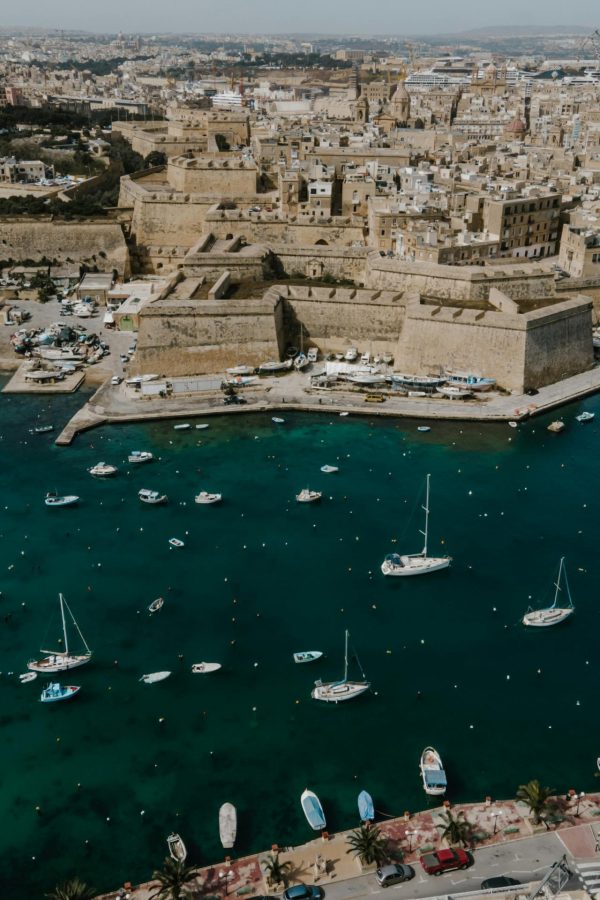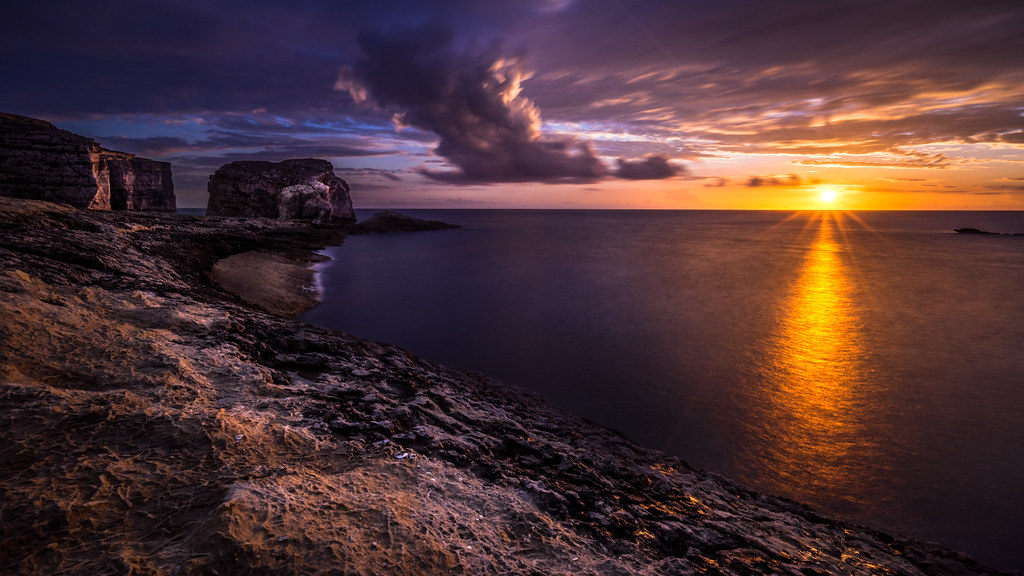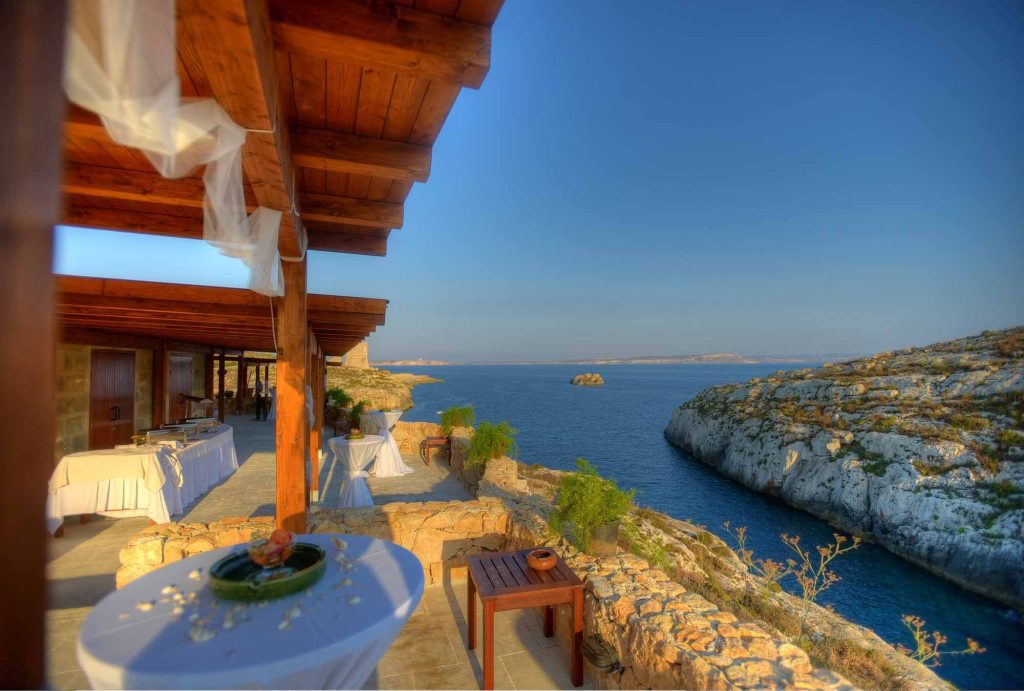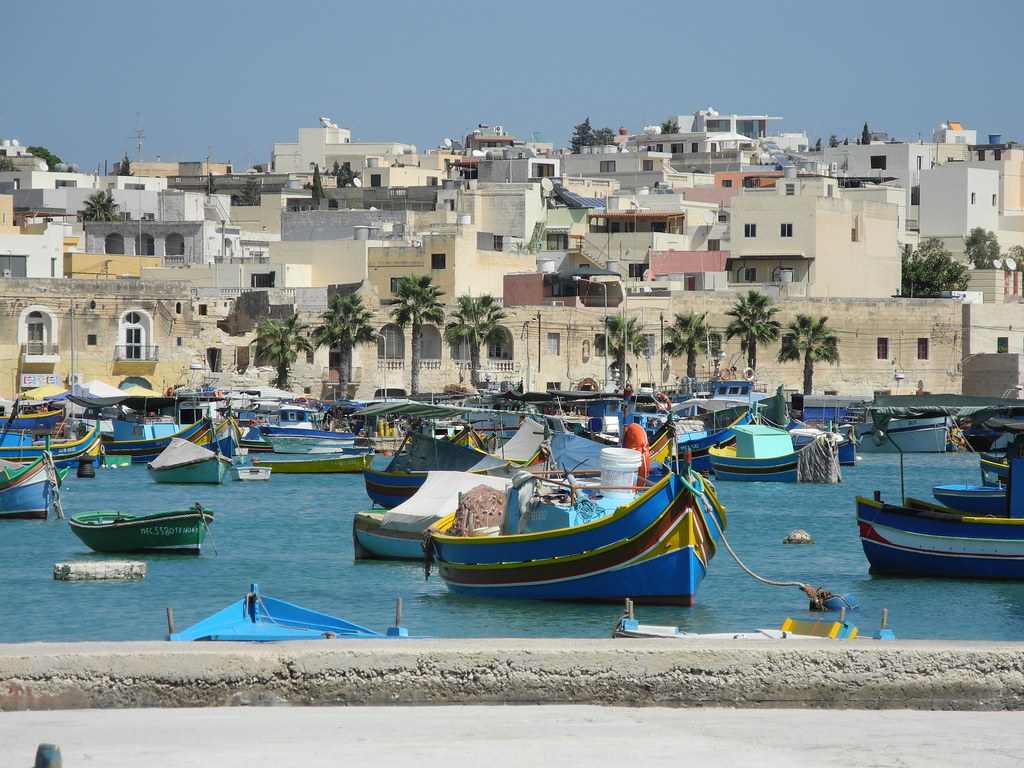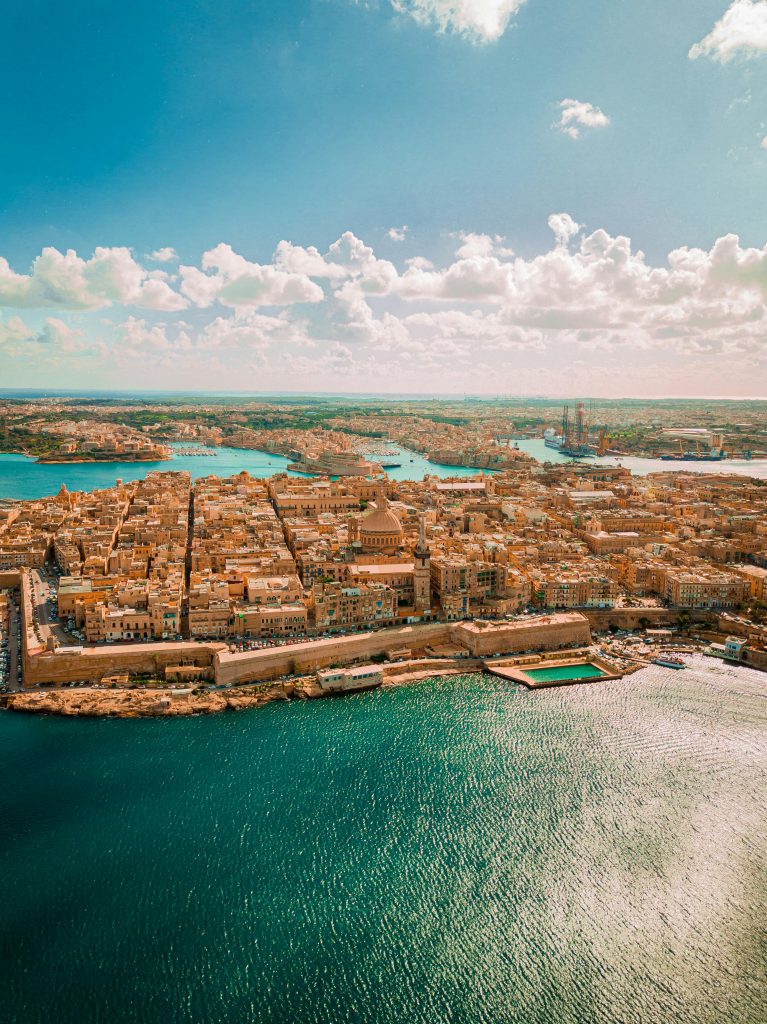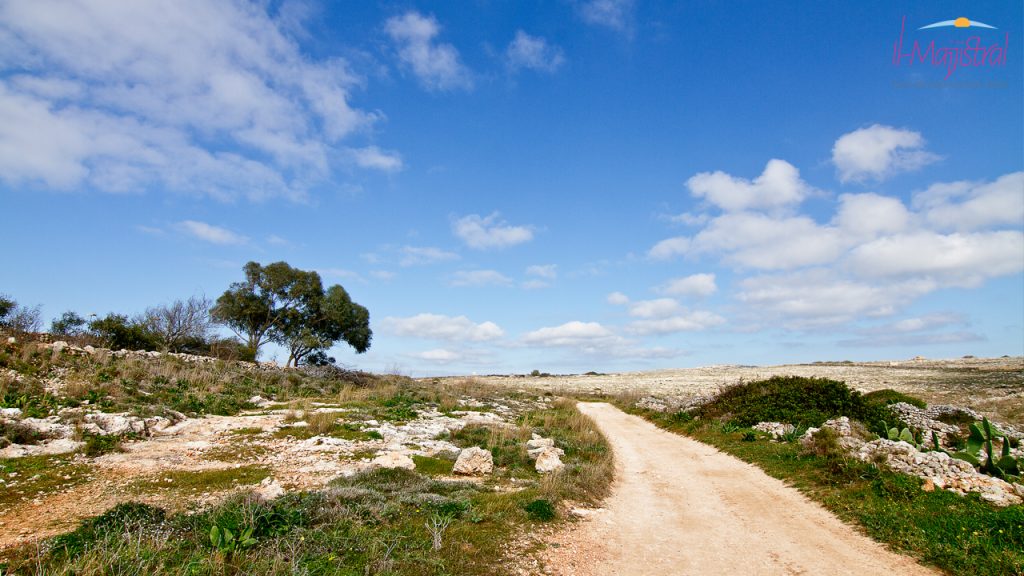Unveiling the Mystique: Exploring Malta's Ancient Ruins
Malta is an archipelago enshrouded in mystery and rich in history, nestled in the heart of the Mediterranean. With a 5,000-year history, Malta is a prime example of how civilizations have converged and left their marks on one another. We invite you to take a trip back in time with us as we explore Malta’s historic ruins and reveal the mysteries of its past in this blog post.
Delving into Malta’s Ancient Past
Our journey through Malta’s past starts in prehistory, with some of the world’s oldest free-standing Neolithic monuments located on the island. The temples of Ħaġar Qim and Mnajdra are among these wonders; they exhibit elaborate stone artistry that dates back more than 5,000 years. The Ġgantija Temples, a UNESCO World Heritage site that dates back to 3600 BC and provides a window into Malta’s Neolithic past, are accessible with a short trip to the island of Gozo.
The Roman and Phoenician Legacies
We come across the Roman and Phoenician imprints on Malta’s terrain as we go through time. Every structure on the island bears witness to its strategic importance in antiquity, from the Roman Domus to the Phoenician tombs at Tas-Silġ. These civilizations had a profound impact on Malta, affecting its architectural legacy and forming its cultural identity.
Temples, a UNESCO World Heritage site that dates back to 3600 BC and provides a window into Malta’s Neolithic past, are accessible with a short trip to the island of Gozo.
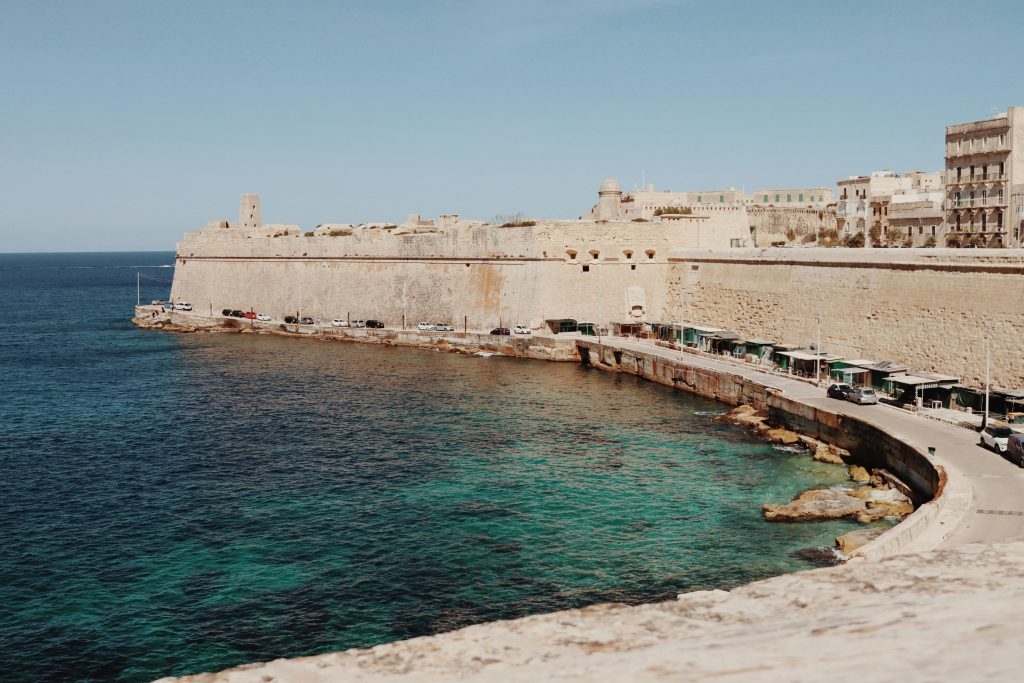
The Knights of St. John: Keepers of the Strongholds on Malta
The Knights of St. John established strongholds on Malta in the sixteenth century, building impressive fortifications to repel invasions. Their legacy is exemplified by the fortified city of Valletta, where structures like the Grandmaster’s Palace and Fort St. Elmo demonstrate their masterful architecture. Wandering through Valletta is like traveling back in time, with its cobblestone alleys whispering legends of bravery and chivalry.
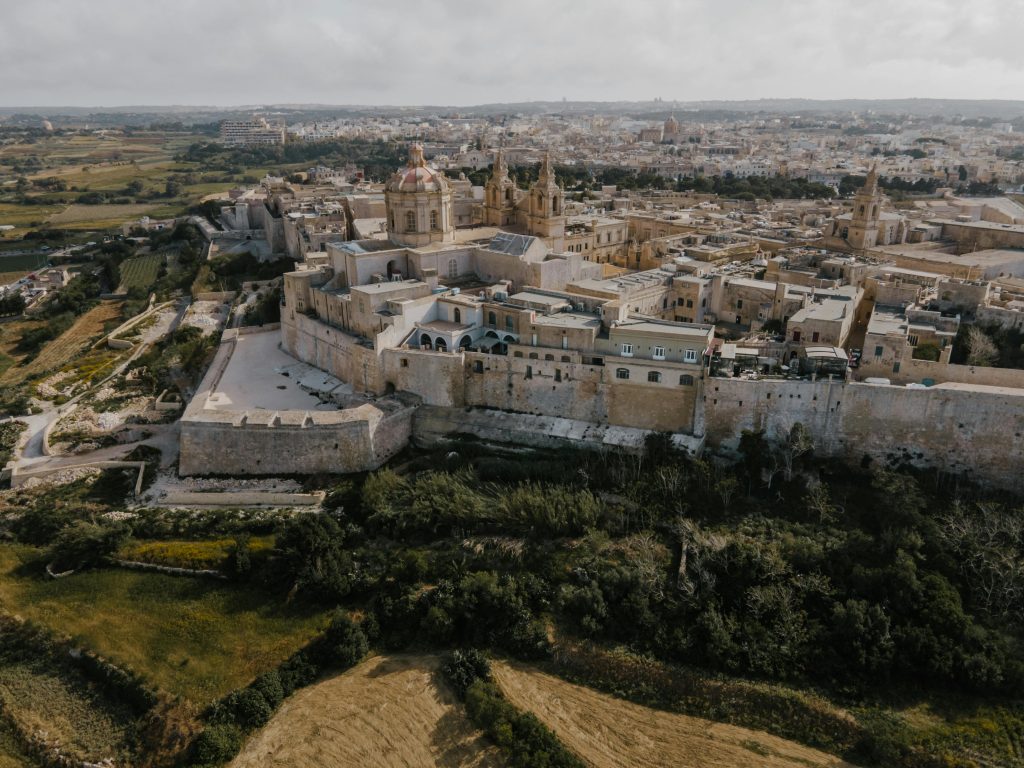
Medieval Mysteries: Citadel of Mdina
Perched atop a hill overlooking the Maltese landscape lies Mdina, Malta’s ancient capital and aptly nicknamed the “Silent City.” Stepping through the Mdina Gate is like entering a time capsule, where medieval architecture reigns supreme. From the imposing Cathedral of St. Paul to the labyrinthine streets lined with centuries-old palaces, Mdina offers a glimpse into Malta’s medieval past.
Preserving the Past: Archaeological Conservation Efforts
Amidst the allure of Malta’s ancient ruins lies a concerted effort to preserve and protect its cultural heritage. Organizations such as Heritage Malta play a pivotal role in safeguarding these treasures for future generations. Through archaeological conservation projects, Malta ensures that its ancient ruins remain intact, allowing visitors to experience the magic of the past firsthand.
Experiencing the Mystique: Practical Tips for Visitors
For those eager to embark on their own journey through Malta’s ancient ruins, practical tips abound. From convenient transportation options to recommended times to visit, planning your excursion is a breeze. Consider joining a guided tour led by knowledgeable experts or participating in archaeological workshops to deepen your understanding of Malta’s rich history.
Conclusion
As we draw our exploration to a close, we are reminded of Malta’s timeless allure and the enduring legacy of its ancient ruins. Each site serves as a window into Malta’s past, inviting travelers to unravel its mysteries and uncover its secrets. So, whether you’re a history enthusiast or simply seeking adventure, let Malta’s ancient ruins be your guide as you embark on a journey through time.
Prehistoric Temples Tour
On this tour, you’ll get an inside look at some of Malta’s many megalithic temples. Each temple dates back 5500 years – making them older than Egypt’s pyramids and Stonehenge – and all have been declared UNESCO World Heritage Sites.Your first stop will be the prehistoric site of Ghar Dalam where you’ll visit the cave that’s an important location for paleontology, archaeology and ecology, its lowest layers containing fossils of creatures from over half a million years ago. Here, you’ll also visit the Victorian-style exhibition and didactic display, and a garden with indigenous plants.On the southern edge of the island, you’ll visit the Hagar Qim and Mnajdra temple complex. Standing close to each other, the ancient pair are located on a limestone ridge above the ocean and offer invaluable geological insight.
